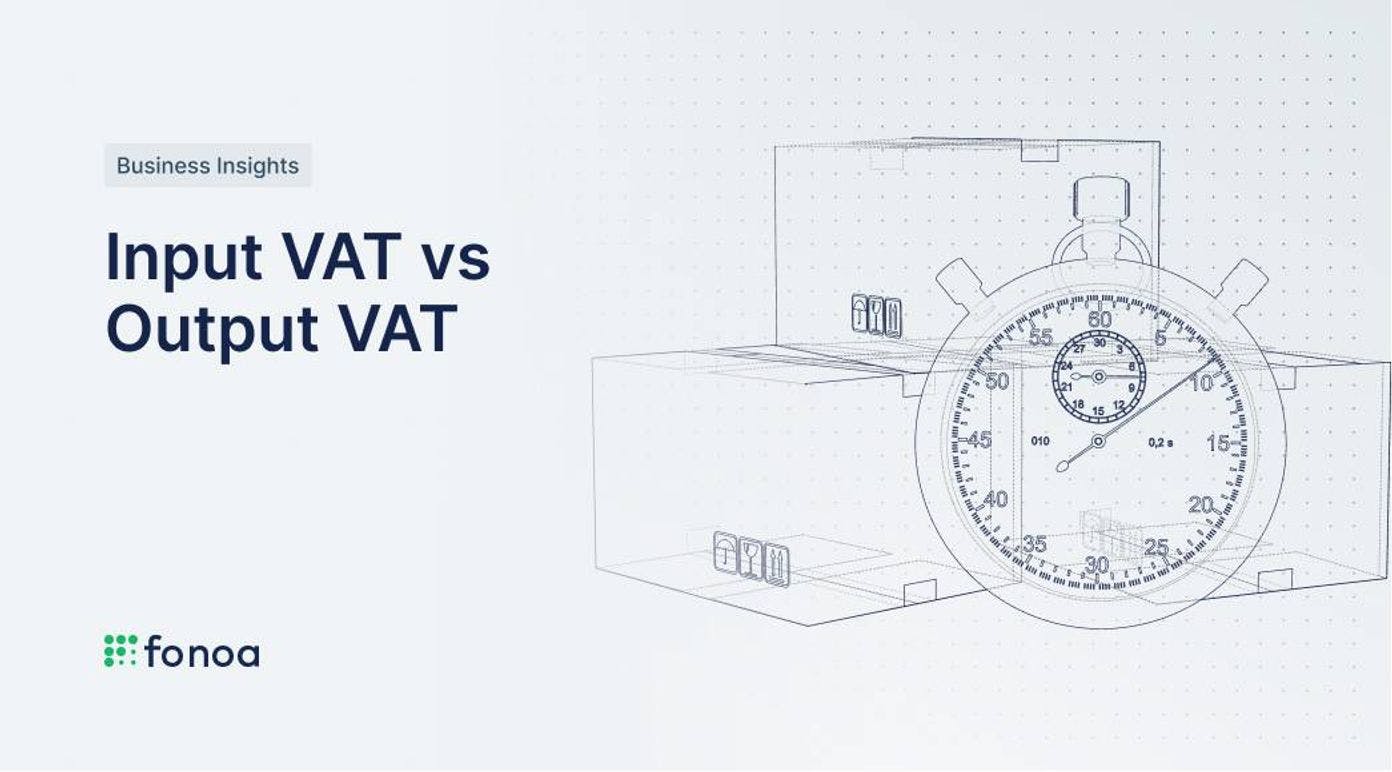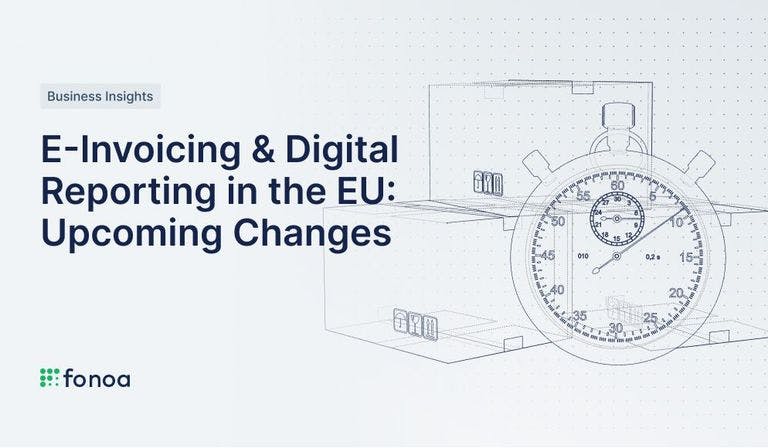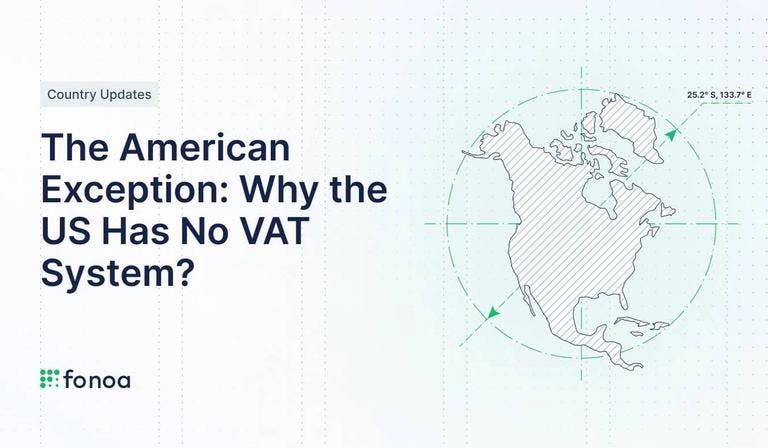Input VAT vs Output VAT

What is input VAT?
Input VAT (or more generally “input tax”) is the amount of Value Added Tax (VAT) that a business pays on the goods and services it purchases for its business operations. It is called "input" VAT because it is the VAT paid on the inputs or purchases used by the business to produce goods or provide services.
The amount of input VAT paid can usually be used to offset VAT liabilities on sales (output VAT). In other words, even though a business paid VAT to their suppliers, this tax paid can typically be recovered from the government and is therefore not a net cost to the business.
What is output VAT?
Output VAT (or more generally, “output tax”) is the VAT charged by a business on the goods and services it sells to its customers. It is called "output" VAT because it is the VAT the business generates or outputs from its sales.
When a business sells goods or services to a customer, it adds VAT to the price of the goods or services, which becomes the output VAT. The business must then account for this output VAT to the government by submitting a VAT return and paying the VAT due to the tax authority.
By charging output VAT on its sales, a business is effectively collecting tax on behalf of the government. If a business fails to collect or pay the correct output VAT, it may face penalties or other legal action from the tax authority.
How does input and output VAT determine VAT liability?
VAT liability, or in other words, what a business must pay to the government, is the amount of output VAT collected from customers reduced by the input VAT paid on qualifying purchases.
Here's an example to illustrate how VAT works in practice:
A business sells services for €100 and charges VAT at a rate of 20%, so the total price, including VAT, is €120. The output VAT in this case is €20.
That same business has purchased goods for €80 and has paid an input VAT of €16 (assuming that the VAT rate is 20%). The input VAT in this case is €16.
To calculate the VAT payable, the business will deduct the input VAT from the output VAT, as follows:
Output VAT (€20) - Input VAT (€16) = VAT payable to the government (€4)
Therefore, the business must remit €4 in VAT to the government. This €4 represents the “value added”, hence the name value added tax or VAT for short.
Businesses will have many transactions with varying amounts of input and output VAT. To calculate the VAT payable, the business will add up all the VAT charged on sales and deduct all the qualifying VAT paid on purchases. The result of this calculation is shown on the VAT return (usually a monthly or quarterly return).
If the input VAT is higher than the output VAT, the business may have the right to the repayment of this VAT through a VAT refund from the government. Alternatively, the business can carry forward this amount until it has any payable VAT later on. The amount will be stored in its so-called tax or VAT account. A VAT surplus often happens when businesses are starting out and don’t have many sales (but make a lot of purchases) or when businesses make certain sales for which they don’t need to charge VAT.
If the amount of output VAT is higher than the input VAT, the business will have to pay the difference to the government.
Disclaimer: there are significant differences between different VAT systems. However, the concept of deducting input tax from output tax is fundamental to all VAT systems worldwide.
Is every sale subject to output VAT?
No, not always.
The most common case where VAT is not charged by the supplier is on certain cross-border sales of goods or services. If you are making supplies to a VAT-registered business customer located in another country, you may not need to charge VAT (commonly referred to as a “zero-rated” transaction). Within the European Union (EU), this is also when the reverse charge mechanism can apply.
However, to do so, you need to show that the customer is a VAT-registered business. If you fail to validate the customer's VAT number, you may not be able to provide this proof, and the tax authorities may challenge your right to “zero rate” the sale. This can lead to having to remit VAT that the business never charged, and thus lead to additional costs.
In addition, VAT is only charged on “taxable supplies”. Taxable supplies are sales made in the course of your business in exchange for consideration - therefore, gifts and donations are generally not considered taxable supplies and would not create an obligation to charge VAT.
Note that even if two sales are subject to VAT, the applicable rate of VAT may differ. Most countries have a standard rate that applies to the majority of sales but also have one or more reduced rates for VAT purposes. Therefore, two sales for the same amount could have a different amount of VAT charged.
If you make an error and don’t charge VAT when you should, you may be subject to fines and penalties and have to remit VAT to the tax authorities that was not collected from customers. Conversely, if you charge VAT when you should not, this may end up being a significant net cost to your customer (particularly if your price is not VAT-inclusive). If you realize you made a mistake in time, you should correct the invoice by issuing a credit note and reissue your invoice with the correct amount of VAT due (if any).
Can the input VAT always be used to offset output VAT?
No, not always.
A business can generally reclaim the VAT it has paid on its purchases (e.g., deduct from the output VAT), as long as the goods and services were purchased for business use and are subject to VAT. For example, the amount of VAT on purchases of office supplies such as paper and pens can normally be offset against the output VAT the business has charged on its sales, as this is likely connected to its business activities.
However, if a business purchases a weekend ski trip for its employees or clients, validating its business purpose becomes more difficult (though not impossible). Purchases related to business entertainment often require a very case-specific analysis.
In addition, the VAT incurred on some purchases are by definition non-deductible regardless of the circumstances. In the UK, for example, you cannot recover the VAT on expenses connected with your domestic accommodation — even if the business owns the accommodation and bears the cost. HMRC would reject this deduction out of hand.
Lastly, some businesses that provide services subject to a VAT exemption (e.g., financial services) may not be able to reclaim all of the VAT on their purchases, even if the purchases are made for a business purpose.
Can the tax authorities reject an input VAT deduction for a valid business purpose?
Yes! There are several reasons why this could happen, but two are by far the most common:
- Lack of an invoice
A proper VAT invoice containing certain minimum information (which varies by country) must be obtained in order to reclaim the VAT on that purchase.
- The supplier VAT number is invalid
Every VAT-registered business should have a VAT number (in some countries, this is the same as the general tax number or is only differentiated by a country code prefix). Only businesses with a VAT number have the right to charge and collect VAT.
Some businesses fraudulently claim to have a VAT registration in order to increase the amount that they invoice. This VAT charge will be pocketed by the business instead of being paid to the tax authorities. In addition, some small businesses, like self-employed individuals, may fall below certain local revenue thresholds and therefore wouldn’t need to register, but could mistakenly charge VAT anyway.
Most countries, therefore, require businesses to validate that their suppliers have a valid VAT number before deducting the VAT. Proof of this validation should be kept in case of a future tax audit.
Failure to provide a valid VAT number can result in a tax authority rejecting the input VAT deduction on that purchase.
How can we help?
Validating VAT IDs of your customers and suppliers is vital to ensuring that you can deduct your input VAT and calculate the correct amount of output VAT. However, validating thousands of VAT numbers in jurisdictions around the world can be difficult.
Fonoa Lookup allows you to validate VAT ID numbers in over 100 countries. Our tool allows you to validate tax numbers one by one or in a batch, access your validation history and respond to audit requests through our easy-to-use interface, and validate over 50,000 numbers at once for periodic and ad-hoc checks.
However, calculating indirect tax has many more variables than simply the VAT number. Fonoa’s tax engine can help your business in making tax digital, and determine whether you need to charge tax and how much tax to charge. These products are maintained by dedicated teams who ensure that all content is fully up to date.
Get in touch to automate all things indirect tax.


